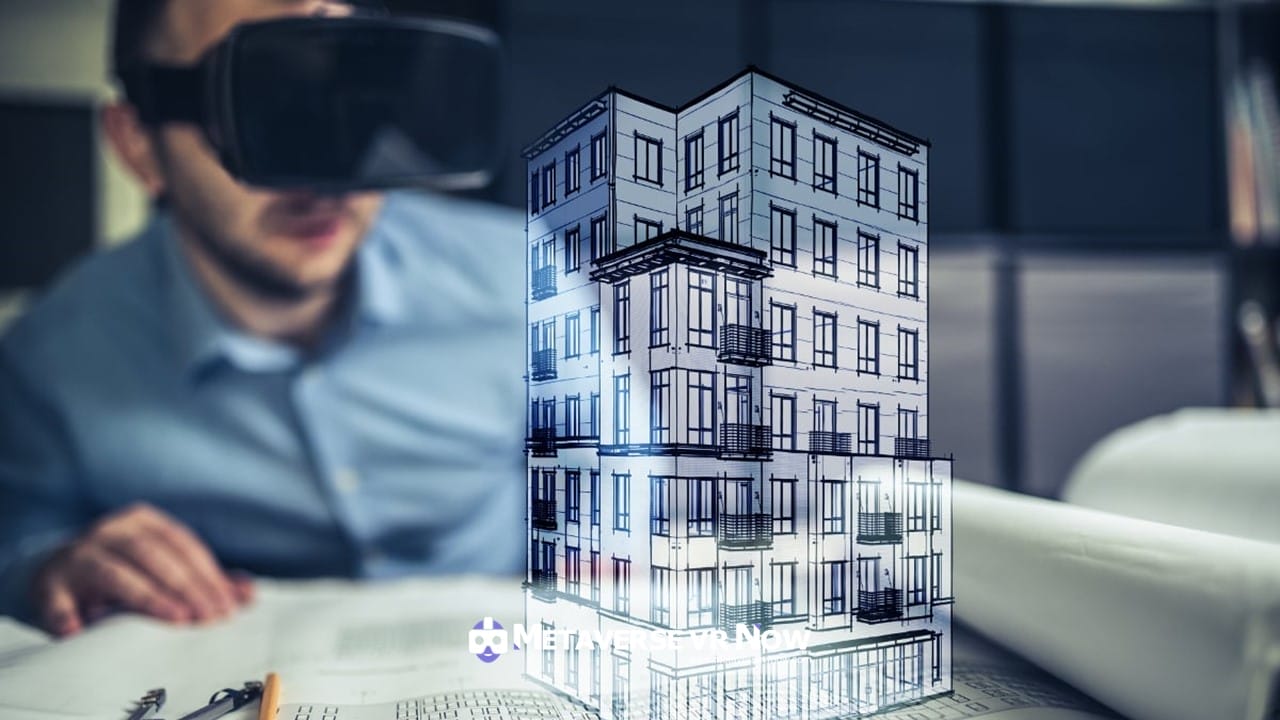Virtual Reality (VR) technology has revolutionized the way we experience and interact with various industries, and architecture is no exception. Imagine being able to step inside a building before it’s even constructed, walk through its rooms, and admire its design from every angle. This innovative approach not only blurs the line between blueprints and reality but also offers architects, designers, and clients a chance to immerse themselves in the envisioned space fully. In this article, we will explore seven compelling reasons why VR in architecture is more than just a trend—it’s a game-changer that brings dreams to life one virtual brick at a time.
Introduction to VR in Architecture
Imagine walking through a building before it’s even constructed, being able to explore every nook and cranny, scrutinize the design details, and feel the space come alive around you. Virtual Reality (VR) has revolutionized the way architects can visualize and present their designs to clients and stakeholders. By immersing users in a virtual environment, VR technology enables architects to provide a realistic sense of scale, proportion, and spatial relationships that traditional blueprints or 3D models simply cannot convey.
Through VR simulations, architects can also test different lighting scenarios, material finishes, and even experience how natural elements like sunlight interact with the building at different times of the day. This level of immersion not only enhances the design process but also helps identify potential flaws or optimization opportunities early on in the project timeline. Moreover, VR in architecture blurs the lines between imagination and reality by allowing clients to step inside their future spaces long before construction begins, fostering greater understanding and appreciation for the proposed design vision.
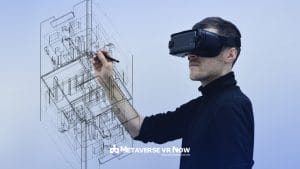
What are the Advantages of VR in Architecture?
VR in architecture offers a myriad of advantages that revolutionize the way buildings are designed, visualized, and experienced. One key benefit is the ability to immerse clients and stakeholders in realistic virtual environments, allowing them to truly understand and appreciate the architectural vision before it is built. This facilitates effective communication and decision-making, reducing misunderstandings and potential conflicts during the construction process.
Moreover, VR enables architects to experiment with different designs and concepts quickly and cost-effectively. By creating virtual models that can be easily manipulated and explored from various angles, designers can refine their ideas efficiently without the need for physical prototypes. This not only accelerates the design process but also fosters creativity and innovation by encouraging out-of-the-box thinking. Ultimately, VR empowers architects to push boundaries, optimize functionality, and create spaces that are not only visually stunning but also highly functional in ways previously unimagined.
Here are the 7 benefits of VR in architecture:
1. Enhanced Visualization of VR in Architecture: Realistic 3D models aid planning
One of the most notable advantages of using VR in architecture is the enhanced visualization it offers. Through realistic 3D models, architects can bring their designs to life, allowing clients and stakeholders to fully immerse themselves in a project before it is even built. This level of detail not only aids in the planning and design process but also helps identify any potential issues or conflicts early on, ultimately leading to more efficient and cost-effective construction projects.
By leveraging VR technology, architects can create interactive and dynamic environments that provide a realistic representation of how a space will look and feel once completed. This aspect not only improves communication between all parties involved but also allows for real-time adjustments to be made easily. With the ability to experience a project from multiple perspectives and anticipate various scenarios, VR empowers architects to fine-tune their designs with precision and accuracy like never before.

2. Efficient Communication of VR in Architecture: Streamlined collaboration among stakeholders
Efficient communication is crucial in the field of architecture, especially when it comes to conveying intricate design concepts and details to various stakeholders. Virtual Reality (VR) technology has revolutionized this process by providing a platform for streamlined collaboration among architects, clients, engineers, and other project participants. Through VR simulations and virtual walkthroughs, these stakeholders can immerse themselves in the proposed designs, gaining a clearer understanding of spatial relationships, material choices, and overall aesthetics.
This immersive experience not only bridges the gap between technical jargon and visual representation but also fosters better decision-making and feedback loops among team members. Architects can present their visions more effectively, clients can provide instant input on design modifications, and engineers can assess structural viability through interactive models in real-time. By enabling all stakeholders to speak the same visual language through VR simulations, architecture projects are propelled forward with enhanced efficiency and clarity from the initial concept stages to project completion.
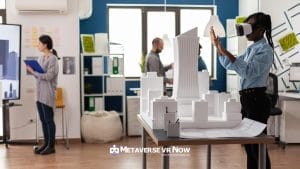
3. Cost Savings of VR in Architecture: Reduces expenses on physical prototypes
One of the most significant advantages of incorporating VR into architecture is the cost savings associated with the reduction in physical prototypes. Traditionally, architects and designers relied on creating numerous physical models and prototypes to visualize their designs. This process not only consumed substantial time but also incurred high costs for materials, labor, and storage. With VR technology, these expenses are significantly reduced or eliminated altogether as virtual environments allow for rapid prototyping and adjustments without the need for physical models.
By utilizing VR in the design process, architects can save both time and money by streamlining the creation and visualization of multiple design iterations. This efficiency leads to a more cost-effective development phase where changes can be made swiftly in a virtual environment without the need to construct expensive physical models each time a modification is proposed. Ultimately, this cost-saving benefit of VR enables architecture firms to allocate their resources more effectively towards other aspects of project development while still ensuring high-quality results through immersive virtual simulations.
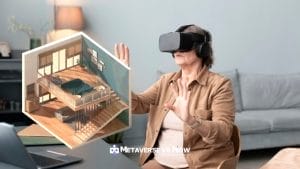
4. Immersive Client Experience of VR in Architecture: Virtual walkthroughs impress clients
Immersive Client Experience of VR in Architecture: Virtual walkthroughs impress clients. By utilizing virtual reality technology, architects can now offer their clients a truly immersive experience that goes beyond mere blueprints and sketches. Clients can step into a virtual world where they can walk through spaces, interact with elements, and get a realistic sense of scale and design.
This level of immersion has proven to be incredibly effective in impressing clients and helping them visualize the end result of a project more clearly. Gone are the days of trying to imagine how a space will look based on flat drawings; now, clients can feel like they are actually inside the building before construction even begins. This not only creates excitement but also builds trust between architects and their clients, as it allows for better communication and understanding of the design vision.
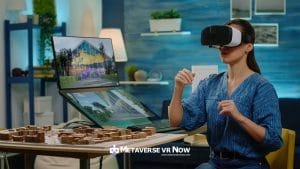
5. Design Flexibility of VR in Architecture: Easily modify designs in real-time
The design flexibility offered by Virtual Reality (VR) in architecture is truly revolutionary. Architects can now easily modify designs in real time, allowing for seamless iterations that were previously time-consuming and expensive. This capability to make instant changes not only enhances efficiency but also provides clients with a more immersive understanding of the project.
With VR technology, architects have the freedom to experiment with various design elements without the need for physical models. This opens up endless opportunities for creativity, as designers can quickly visualize different configurations and aesthetics. Additionally, the ability to view designs in a 3D environment allows for better communication among stakeholders, leading to more informed decisions and, ultimately, superior architectural outcomes.

6. Improved Decision-Making of VR in Architecture: Better design choices through VR
The integration of Virtual Reality (VR) technology in architecture has revolutionized the decision-making process for designers and architects. By immersing themselves in a virtual space that replicates the actual design, professionals can make more informed choices regarding materials, lighting, spatial layout, and aesthetics. This hands-on experience enables them to evaluate different options in real time and understand how each decision impacts the overall design.
Moreover, VR allows for better communication among project stakeholders by providing a visual representation of the proposed design. Clients can now have a realistic understanding of the final outcome even before construction begins, leading to clearer feedback and more collaborative decision-making. In this way, VR not only streamlines the design process but also enhances creativity and innovation by encouraging experimentation with various elements within a virtual environment. The ability to visualize designs in 3D space fosters a deeper understanding of spatial relationships and proportions, ultimately resulting in better-informed design choices that align with clients’ needs and preferences.

7. Sustainable Practices of VR in Architecture: Minimizes environmental impact in construction
Sustainable practices in the realm of architecture are becoming increasingly crucial as we strive to minimize the environmental impact of construction. Virtual Reality (VR) technology is revolutionizing traditional methods by offering a more sustainable approach to architectural design and planning. By utilizing VR simulations, architects can significantly reduce the need for physical prototypes and mock-ups, ultimately saving materials and resources.
Moreover, implementing VR in architecture allows for real-time collaboration between stakeholders from different locations. This not only streamlines the decision-making process but also cuts down on travel-related carbon emissions. Virtual walkthroughs powered by VR technology enable architects and clients to explore every aspect of a building before it’s built, leading to better-informed design choices that can help optimize energy efficiency and overall sustainability. In this way, VR is proving to be an essential tool in promoting environmentally friendly practices within architectural projects.

Summing Up: Pros of VR in Architecture
The integration of Virtual Reality (VR) in architecture has revolutionized the way we design and visualize spaces. One significant advantage lies in the ability to provide clients with immersive virtual tours of their future projects, allowing for a deeper understanding and connection to the design. VR also offers architects a platform for experimentation and innovation, enabling them to test various designs and make real-time changes effortlessly.
Furthermore, the use of VR in architecture enhances collaboration among professionals involved in a project. By creating a shared virtual environment, architects, designers, engineers, and clients can collaborate more effectively, resulting in better communication and improved decision-making processes. Overall, integrating VR into architectural practices not only streamlines workflows but also leads to enhanced creativity and optimized outcomes.

